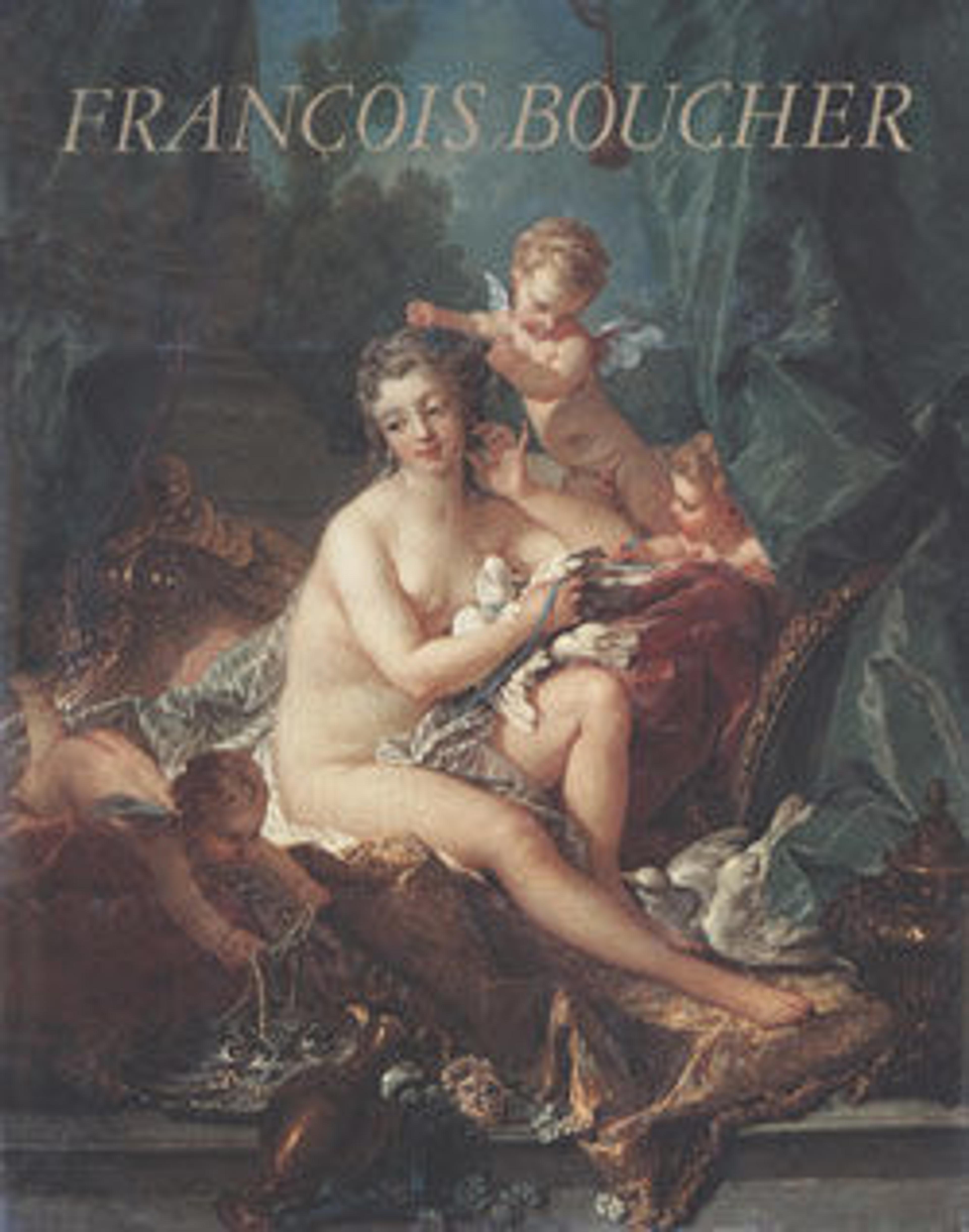The Gardener from a set of the Italian Village Scenes
Images of gardens were popular in the tapestry medium from the medieval era, where the so-called mille-fleurs (thousand flowers) (see also MMA 2013.506) provided a decorative, and sometimes symbolic, setting for scenes of romance and play. Park and garden tapestries continued to enjoy popularity throughout the sixteenth and seventeenth centuries, particularly for the decoration of more intimate chambers, where they provided a pleasant contrast with the grander subject matter of tapestries used in more formal settings. The theme enjoyed new popularity with the advent of the Rococo style during the eighteenth century, and a number of highly decorative landscape and garden series were produced in French and Netherlandish workshops during the second third of the eighteenth century. Among the most notable was the series of romantic pastorals that Boucher designed for the Beauvais workshops between 1734 and 1736 (MMA 64.165.1–.8). Known as the Fetes Italiennes, and loosely inspired by the idyllic park scenes of Antoine Watteau, this series depicted handsome gentlefolk and peasants in idealized exterior settings. In this case, a pretty young woman, a child, and a gardener rest in the shade of an overgrown terrace, beneath statues of Apollo and Hercules.
Artwork Details
- Title:The Gardener from a set of the Italian Village Scenes
- Designer:Designed by François Boucher (French, Paris 1703–1770 Paris)
- Manufactory:Beauvais
- Workshop director:André Charlemagne Charron (French, active 1754–80)
- Patron:Boulard de Gatellier (Château de Gatellier (Loire))
- Date:designed 1734–36, woven 1762
- Culture:French, Beauvais
- Medium:Wool, silk (21-23 warps per inch, 8-9 per cm.)
- Dimensions:9 ft. 2 1/2 in. × 73 in. (280.7 × 185.4 cm)
- Classification:Textiles-Tapestries
- Credit Line:Gift of Ann Payne Robertson, 1964
- Object Number:64.145.4
- Curatorial Department: European Sculpture and Decorative Arts
More Artwork
Research Resources
The Met provides unparalleled resources for research and welcomes an international community of students and scholars. The Met's Open Access API is where creators and researchers can connect to the The Met collection. Open Access data and public domain images are available for unrestricted commercial and noncommercial use without permission or fee.
To request images under copyright and other restrictions, please use this Image Request form.
Feedback
We continue to research and examine historical and cultural context for objects in The Met collection. If you have comments or questions about this object record, please contact us using the form below. The Museum looks forward to receiving your comments.
